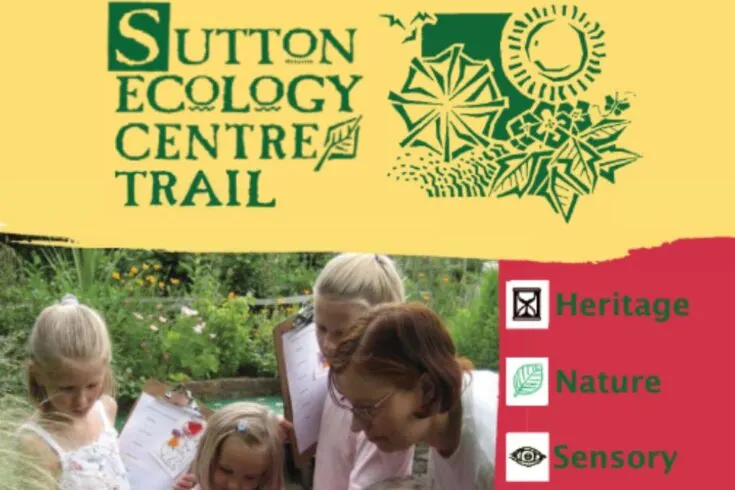The River Wandle is home to several nature reserves from Watermeads, which was hidden behind locked gates for a century, to the Spit which opened in 2003. This post lists the 10 nature reserves along the Wandle that are worth exploring.

Map of Nature Reserves on the Wandle
Each of the ten nature reserves mentioned in this post are plotted on the map below.
Wandle Nature Reserves
The Spit Nature Reserve is located at the end of The Causeway, where the Wandle meets the Thames. It contains shrubs and three large white willow trees.
Morden Hall Park has a wetland habitat that is rich in wildlife including kingfishers, herons, snipe, frogs, dragonflies, and a variety of plants such as flag irises, sedges and marestail. There is a wooden boardwalk, complete with a high viewing platform for visitors.
This nature reserve used to be the Wandle Valley Sewage Works, which closed in the 1970s. It's home to many birds, animals, dragonflies, and plants, as well as frogs and toads in the ponds.
Part of Ravensbury Park is a nature reserve with extensive woodland. It has a mixture of wildlife habitats, and a variety of plants including common snowberry and elmleaf blackberry. It also has trees which are over 200 years old.
Watermeads is a nature reserve owned by the National Trust. It opened to the publilc in 2015. Between the wars, it was planted with cricket bat willows, and is today home to damselflies and dragonflies, as well as various birds and amphibians.
Sutton Ecology Centre is managed by Sutton Council's Biodiversity Team. It has a 2.2 hectare nature reserve with butterfly and forest gardens, as well as a marsh and pond. It is also home to the Old Rectory, a listed building.
Bennett's Hole is a narrow strip that runs alongside Watermeads. It might be the most secluded stretch of the whole river, and a good spot to watch for Kingfishers. The area has a variety of habitats such as woodland, scrub, marsh, open ditch, tall herbs and rough land.
Wandle Valley Wetland is usually closed, but opens during Wandle Fortnight. It's about two-thirds of a hectare with open water, scrub, and seasonal pools. Discover frogs, toads, newts, and birds like blackcaps and wrens. In summer, large male brown hawker dragonflies, 5 inches wide, fly over the pond.
Spencer Road Wetlands, located near Hackbridge on the eastern Wandle floodplain, was previously used for watercress farming. It now hosts diverse habitats including reed swamps, willow trees, ponds, and woodlands typical of the River Wandle's natural environment.
Wilderness Island sits between the Croydon and Carshalton arms of the River Wandle. It has wetlands, meadows, and woods with big trees like chestnuts, willows, and oaks. Lots of birds and bugs live here. The best way to explore it is by following the nature trail.










